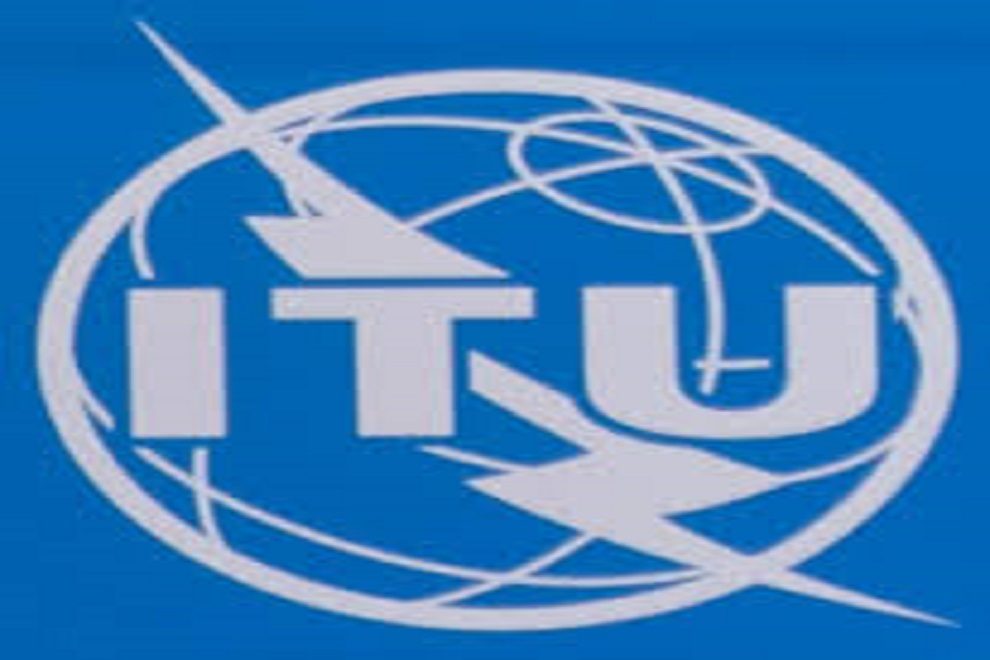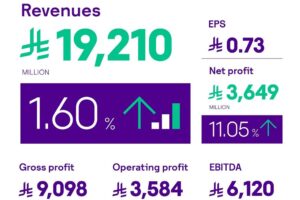The International Telecommunication Union (ITU) has published Connecting Humanity – Assessing investment needs of connecting humanity to the Internet by 2030, a comprehensive new study that estimates the investment needed to achieve universal, affordable broadband connectivity for all humanity by the end of this decade.
Connecting Humanity posits that nearly US$ 428 billion is required to connect the remaining 3 billion people aged ten years and above to broadband Internet by 2030. It is an ambitious goal and a major infrastructure investment challenge.
“Meeting the investment necessary to bring every person online by the end of this decade will require an unprecedented and concerted effort from the public and private sectors,” said ITU Secretary-General Houlin Zhao. “The new Connecting Humanity study led by ITU is the much-needed roadmap that will guide decision-makers on the journey towards accessible, affordable, reliable, and safe digital technologies and services for all.”
The study examines costs associated with infrastructure needs, enabling policy and regulatory frameworks, and basic digital skills and local content at both the global and regional levels, as well as how to mobilize the unprecedented levels of financing needed to extend networks to unserved communities.
Over the past several months, the COVID-19 pandemic has exposed different types of inequalities within and across countries and regions, including those related to the quality of access, affordability, and use of the Internet.
With so many essential services pushed online, there is a real and present danger that those without broadband Internet access could be left ever further behind. Hence assessing investment requirements to reach affordable universal connectivity is important to any country concerned with their ability to achieve the Sustainable Development Goals (SDGs).
According to ITU, over 12% of the global unconnected population live in remote, rural locations where traditional networks are not easily accessible, most of them in Africa and South Asia. This connectivity gap is exacerbated by the gender digital divide. Across the globe, more men than women use the Internet: only 48% of women as opposed to 58% of men.
Whereas in some regions bridging the connectivity gap predominantly means upgrading existing coverage and capacity sites, nearly half of the required radio access network (RAN) infrastructure investment in Sub-Saharan Africa, South Asia, and East Asia/Pacific will be greenfield, the new study says.
“While this is an ambitious aim, it is in no way an unachievable one,” said Doreen Bogdan-Martin, Director of the ITU Telecommunication Development Bureau. “It is my hope that, as part of ITU’s Connect 2030 Agenda efforts, this major new ITU assessment will provide clear, coherent evidence-based guidance for countries that will help accelerate efforts to reach unconnected communities, so that equality of opportunity is finally within reach of all.”
The key assumptions used for this study are:
- Good quality broadband Internet is defined as an average download speed of at least 10 Mbps and is technology-neutral (that is, data may be transmitted via cable, fiber, satellite, radio, or other technologies);
- 4G is used as the proxy for mobile broadband, and fixed broadband applied were most relevant; and
- The target population aged 10 and older is used as the baseline for calculating broadband penetration, and universal access to connectivity is defined as 90 percent penetration of that target population in line with the methodology and approach developed by the Broadband Commission for Sustainable Development to assess the investment needs to achieve universal, affordable broadband for all of Africa by 2030.
- The model is based on estimates on a country-by-country basis across a sample of 218 countries and economies, but it carries some constraints with respect to country-level granularity and makes occasional region-wide or cluster-based assumptions. For key network operating expenditure (OpEx) and capital expenditure (CapEx) assumptions, the model relies on data from a sample of “anchor countries” as explained in Annex A of the study.
The new study was developed with the support of the Kingdom of Saudi Arabia as part of ITU’s role as the Knowledge Partner for the Digital Economy Task Force of the G20 Presidency.
“In a post-COVID-19 world, nations, economies, and businesses are as strong and resilient as their respective digital economy and transformation,” said Abdullah A. Alswaha, Minister of Communications and Information Technology of the Kingdom of Saudi Arabia. “This is why there has never been a more pressing time to narrow the global digital divide so that we can get back on track and thrive to realize the opportunities of the 21st century for all.”
The study builds upon ITU’s long-standing work to expand connectivity and bring the benefits of digital technologies to everyone everywhere, and it reflects its ongoing efforts to leverage the potential of digital solutions to address some of the most challenging sustainable development issues, despite the setbacks brought about the COVID-19 crisis.












